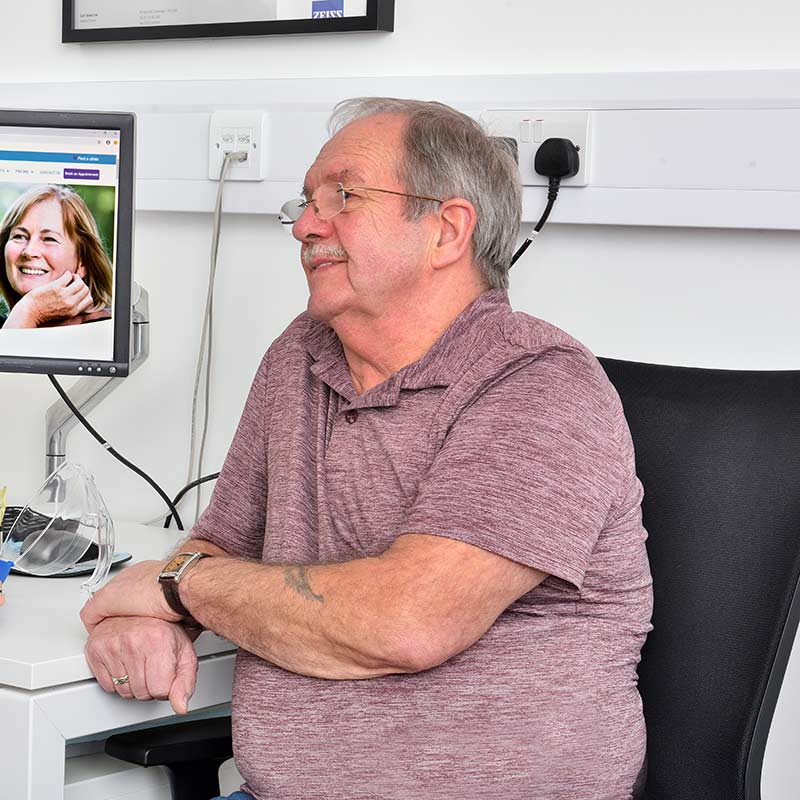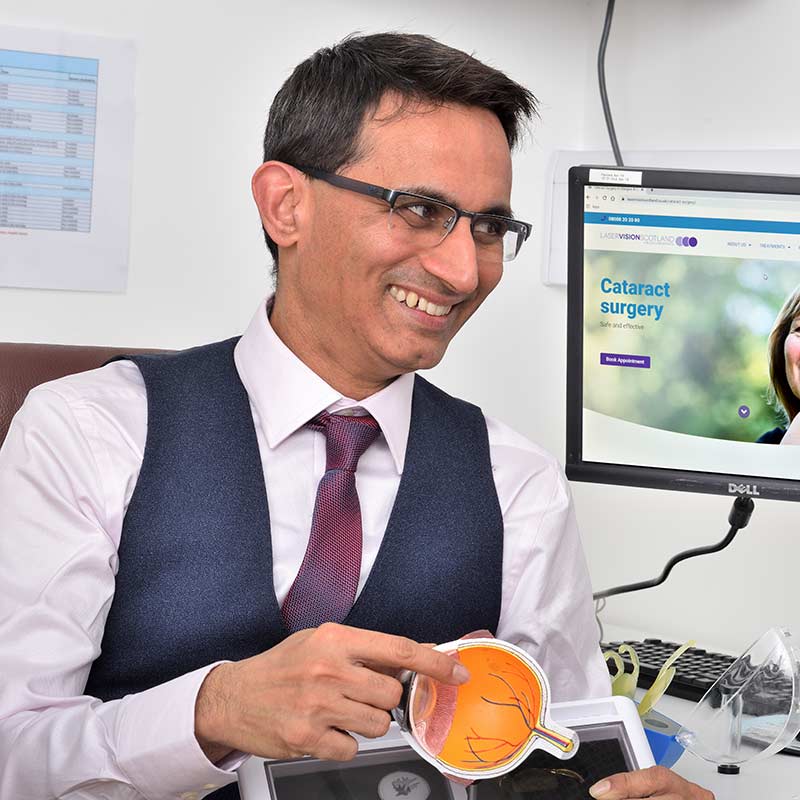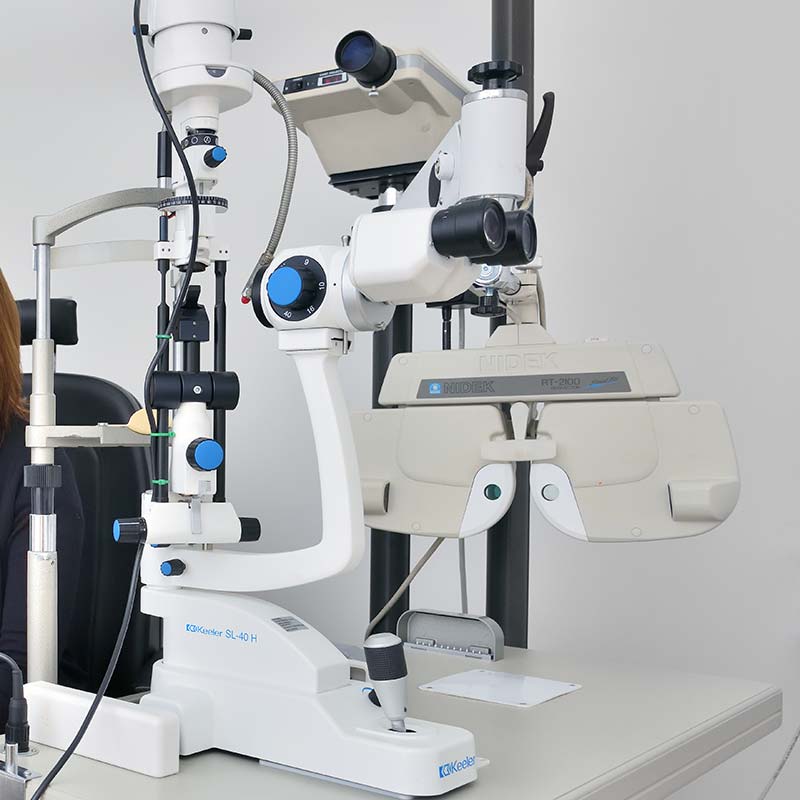- 08008 20 20 80
Menu
Menu




Dry AMD is caused by a build up of a fatty substance on the back of an eye. Onset of the condition is slow as the fatty residue increases. There is usually no treatment available for dry AMD unless the condition develops into wet AMD. However, visual aids are available to manage the impact of dry AMD on life such as magnifying glasses, bold print books and special lighting.
Anti-angiogenic injections are given directly into the eyes to stop vision getting worse. They do so by preventing new blood vessels from forming and blocks leaking that occurs from already formed abnormal blood vessels. Injections are effective on 90% of people and causes an improvement in vision for 30% of people.
At Laser Vision Scotland, anaesthetic drops are administered before the eye is injected. These drops number the eye so treatment is painless and without discomfort. There are a few side effects associated with these injections such as bleeding, irritation and redness. Injections are usually given every few months for as long as they are helping.
Seeing straight lines as wavy or crooked.
Colours appearing duller than they once were.
Certain object looking smaller.
Caused by the brain compensating for items missing from the area of focus.
© 2019 Laser Vision Scotland. All rights reserved.